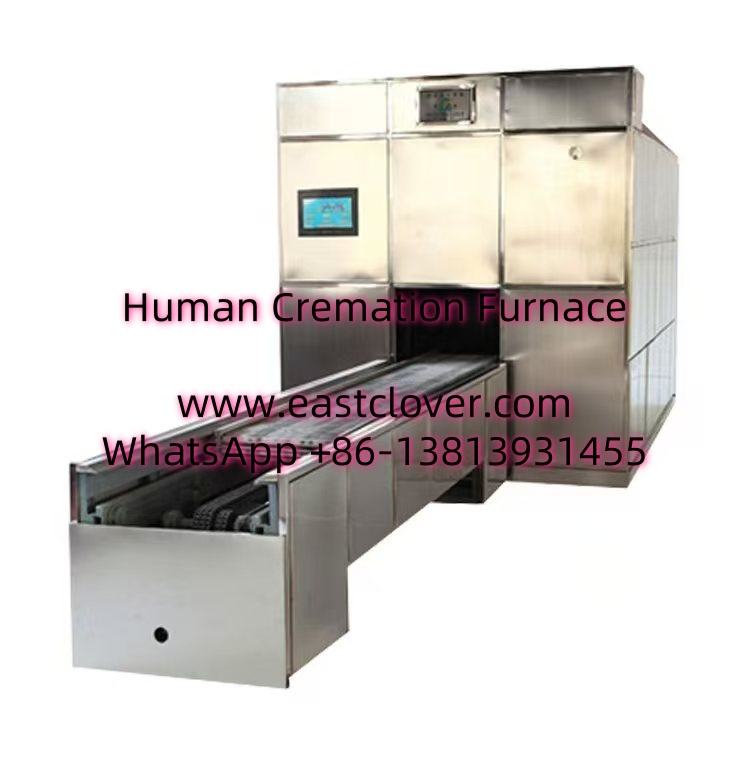Introduction
In an era marked by unpredictable disasters and public health crises, the need for efficient and ethical solutions to manage mass fatalities is critical. Traditional burial and cremation methods often fall short during emergencies, leading to logistical bottlenecks and heightened disease risks. Enter rapid response container cremation incinerators—a cutting-edge technological advancement revolutionizing disaster management and safeguarding public health.
The Need for Rapid Response in Disaster Management
Natural disasters, pandemics, and conflicts can overwhelm existing infrastructure. For instance, during outbreaks like Ebola or COVID-19, improper disposal of remains risks spreading pathogens. Similarly, earthquakes and tsunamis often result in mass casualties that require immediate attention. Conventional crematoriums or burial sites may lack the capacity or mobility to address sudden surges, creating public health hazards.
Challenges with Traditional Methods:
- Time Constraints: Setting up temporary morgues or expanding burial grounds delays response efforts.
- Environmental Risks: Mass burials can contaminate groundwater, while outdated incinerators release harmful emissions.
- Mobility Issues: Fixed-site facilities cannot be deployed to disaster zones quickly.
How Rapid Response Container Cremation Incinerators Work
These systems are designed for agility and efficiency. Built into shipping containers, they combine portability with high-temperature combustion technology to safely manage biological waste. Key features include:
Technical Specifications:
- Mobility: Containerized units can be transported via truck, ship, or air to disaster sites within hours.
- Efficiency: Advanced burners reach temperatures exceeding 800°C, ensuring complete combustion of pathogens.
- Scalability: Modular designs allow multiple units to operate simultaneously, scaling capacity as needed.
- Emission Control: Integrated filters capture particulate matter and toxins, complying with international environmental standards.
Public Health Benefits
By neutralizing biohazards swiftly, these incinerators mitigate the risk of disease transmission. For example, during the 2014 Ebola outbreak, mobile cremation units helped contain the virus by safely disposing of infected remains. Additionally, their closed-loop systems prevent air and soil pollution, addressing community concerns about environmental impact.
Key Advantages:
- Pathogen Elimination: High heat destroys viruses, bacteria, and prions.
- Reduced Logistics Burden: On-site operation minimizes the need for transporting hazardous materials.
- Psychological Comfort: Dignified handling of remains fosters trust among affected populations.
Case Studies: Real-World Applications
1. Ebola Outbreak in West Africa (2014–2016)
Mobile incinerators were deployed to Liberia and Sierra Leone to manage infected bodies. Their rapid deployment curbed secondary infections and restored faith in public health measures.
2. COVID-19 Pandemic Response
In India and Brazil, container units alleviated pressure on overwhelmed hospitals by processing remains efficiently, reducing mortuary backlogs.
3. Earthquake in Nepal (2015)
Transportable incinerators helped address mass fatalities in remote regions where traditional methods were impractical.
The Future of Disaster Management
As climate change intensifies natural disasters and urbanization raises pandemic risks, the demand for agile solutions will grow. Innovations like solar-powered incinerators and AI-driven operational systems promise even greater efficiency. Governments and NGOs must prioritize integrating these technologies into emergency preparedness plans.
www.southclover.com
Rapid response container cremation incinerators represent a paradigm shift in disaster management. By blending mobility, environmental safety, and scalability, they address critical gaps in crisis response while protecting public health. Their adoption worldwide could save countless lives during future emergencies, underscoring the importance of investing in resilient infrastructure.
FAQs
What makes container incinerators “rapid response”?
Their modular, transportable design allows immediate deployment to disaster zones, unlike fixed-site facilities.
Are these incinerators environmentally safe?
Yes. Advanced filtration systems minimize emissions, aligning with EPA and WHO guidelines.
Can they handle large-scale disasters?
Absolutely. Multiple units can operate in tandem, scaling to process hundreds of remains daily.
How do they differ from traditional crematoriums?
They prioritize mobility, faster setup, and compliance with strict biohazard protocols.
What fuel sources do they use?
Most run on diesel or LPG, though renewable energy-compatible models are emerging.

Comments are closed